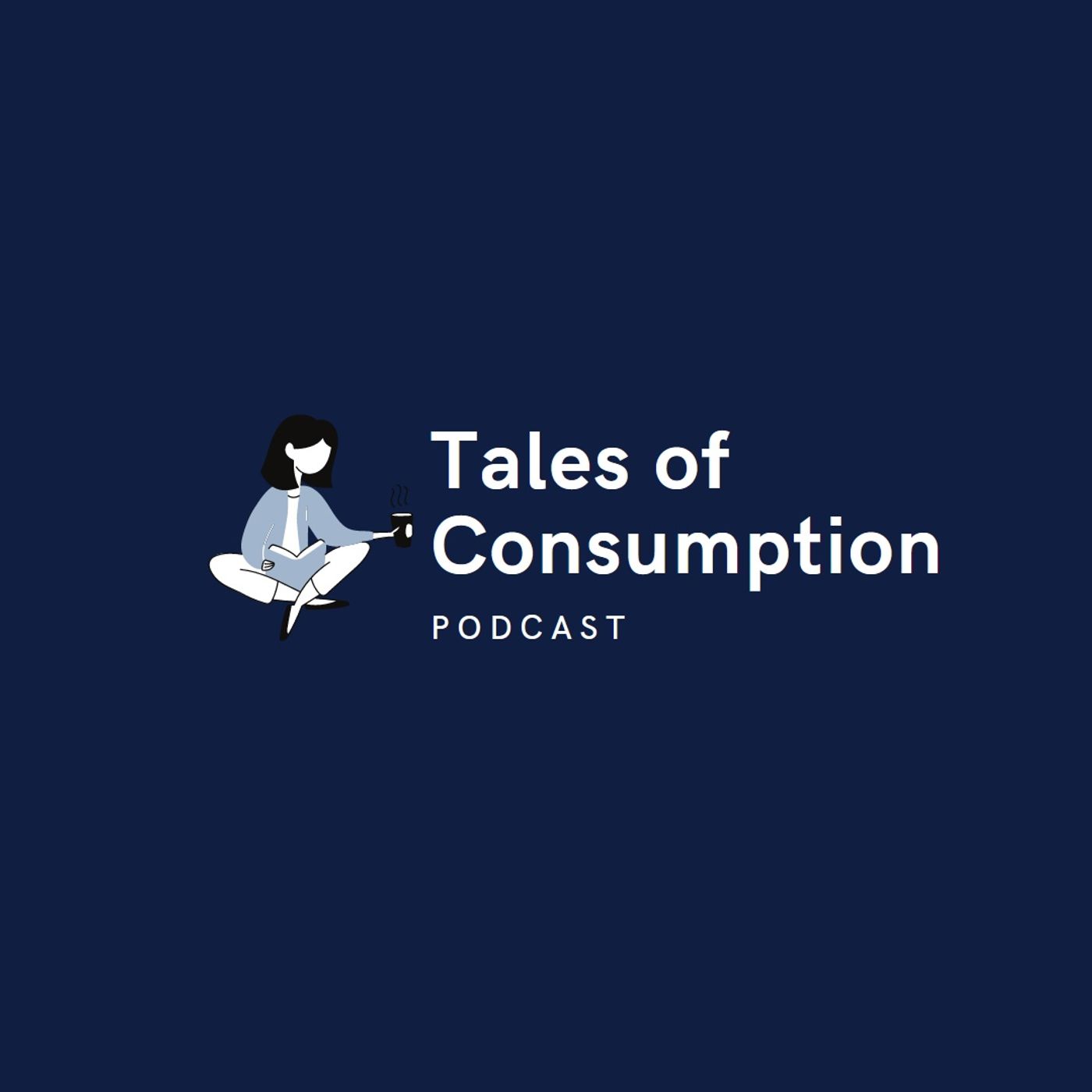Episode 3 - Television? More like Male-vision
Description
Anuja Pradhan and Alev Kuruoglu talk about gender and representation issues in TV production - and in the writer's rooms. Shows like The Queen’s Gambit and Indian Matchmaking are put under the microscope. Consumer sociologist Carly Drake joins along the way.
Notes and reading tips:
“The Male Gaze”
It was Laura Mulvey who came up with this term, in in the essay “Visual Pleasure and Narrative Cinema” (Published in 1975, in the journal Screen - reprinted in the collection “Visual and Other Pleasures” in 1989)
The following are some sources if you would like to better understand engagement with and academic trajectories of this term:
Sassatelli, R. (2011). Interview with Laura Mulvey: Gender, gaze and technology in film culture. Theory, Culture & Society, 28(5), 123-143.
Cooper, B. (2000). “Chick flicks” as feminist texts: The appropriation of the male gaze in Thelma & Louise. Women's Studies in Communication, 23(3), 277-306.
Oliver, K. (2017). The male gaze is more relevant, and more dangerous, than ever. New Review of Film and Television Studies, 15(4), 451-455.
Benson-Allott, C. (2017). On Platforms: No Such Thing Not Yet: Questioning Television's Female Gaze. Film Quarterly, 71(2), 65-71.
Jones, A. (Ed.). (2003). The feminism and visual culture reader. Psychology Press.
Indian Feminist Scholars:
Mohanty, C.T. (1988) Under Western Eyes: Feminist scholarship and colonial discourses. Feminist Review. 30. 61-88.
Mohanty, C.T. (2003) “Under Western Eyes” revisited: Feminist solidarity through anticapitalist struggles. Signs. 28 (2). 499-535.
John, M. (2014) Feminist vocabularies in time and space: Perspectives from India. Economic and Political Weekly. 49(22). 121-130.
Gender and TV:
hooks, b. (2003). The oppositional gaze: Black female spectators. The feminism and visual culture reader, 94-105.
Nygaard, T., Lagerwey, J. (2020) Horrible White People: Gender, genre, and television's precarious whiteness. United States: NYU Press.
Tuncay Zayer, L., Sredl , K., Parmentier,M. & Coleman, C. (2012) Consumption and gender identity in popular media: Discourses of domesticity, authenticity, and sexuality. Consumption Markets & Culture, 15:4, 333-357.
Kandelwal, M. (2009) Arranging Love: Interrogating the vantage point in cross‐border feminism. Signs. 34(3). 583-609.
Cavender, G., Bond-Maupin, L. And Jurik, N. C. (1999) ‘The construction of gender in reality crime TV’, Gender & Society, 13(5), pp. 643–663. doi: 10.1177/089124399013005005.
D'Acci, Julie. 1994. Defining women: Television and the case of “Cagney and Lacey.” Chapel Hill: University of North Carolina Press.
Green, S. (2019) Fantasy, gender and power in Jessica Jones, Continuum, 33:2, 173-184, DOI: 10.1080/10304312.2019.1569383
General TV:
Fiske, John. 1987. Television culture. New York: Routledge Kegan Paul.
More Episodes
In this episode we discuss our varied experiences of and relationships with nature. We pay particular attention to inter-generational similarities and differences, and geographical/ cultural differences of understandings of nature.
We are joined by Christina Elvira Dahl, a research assistant,...
Published 04/29/22
In this episode Lez Trujillo Torres from the University of Illinois, Chicago shares her research on complex emotions and family dynamics involving covid 19 vaccines.
We also discuss, more generally, how consumption gets complicated when multiple actors experiencing varied emotions negotiate...
Published 03/15/22
Published 03/15/22


